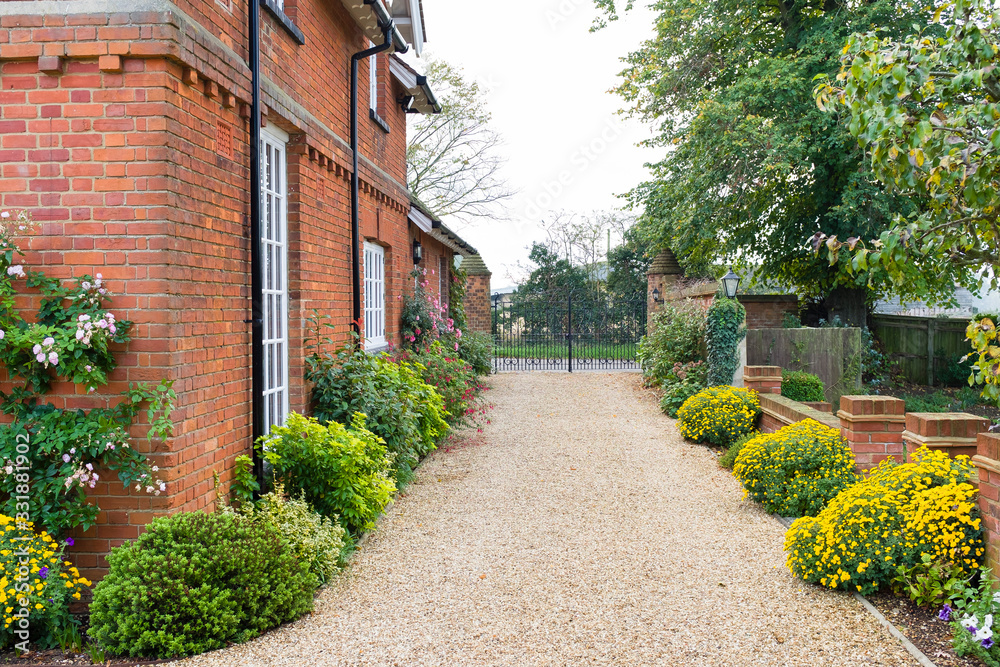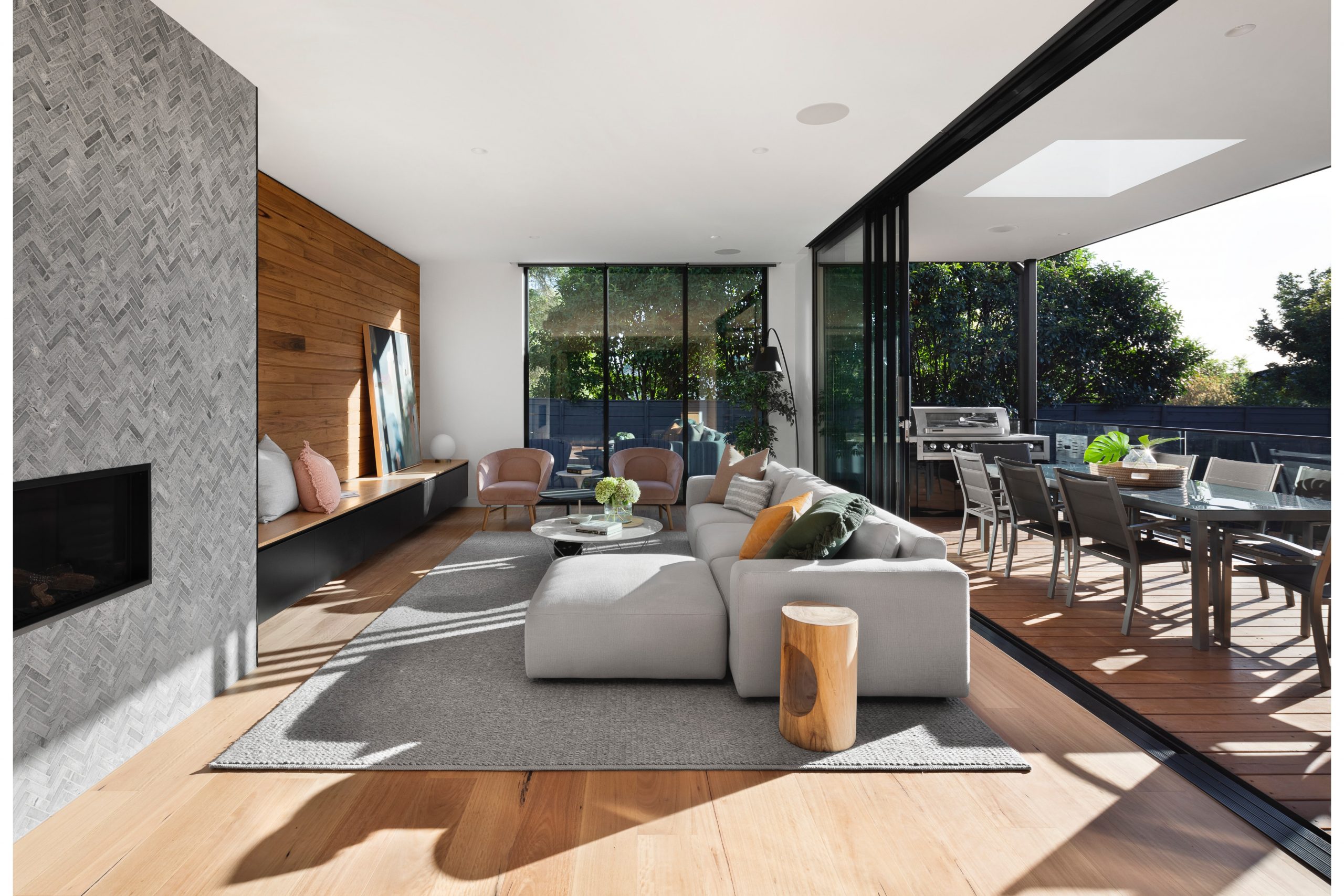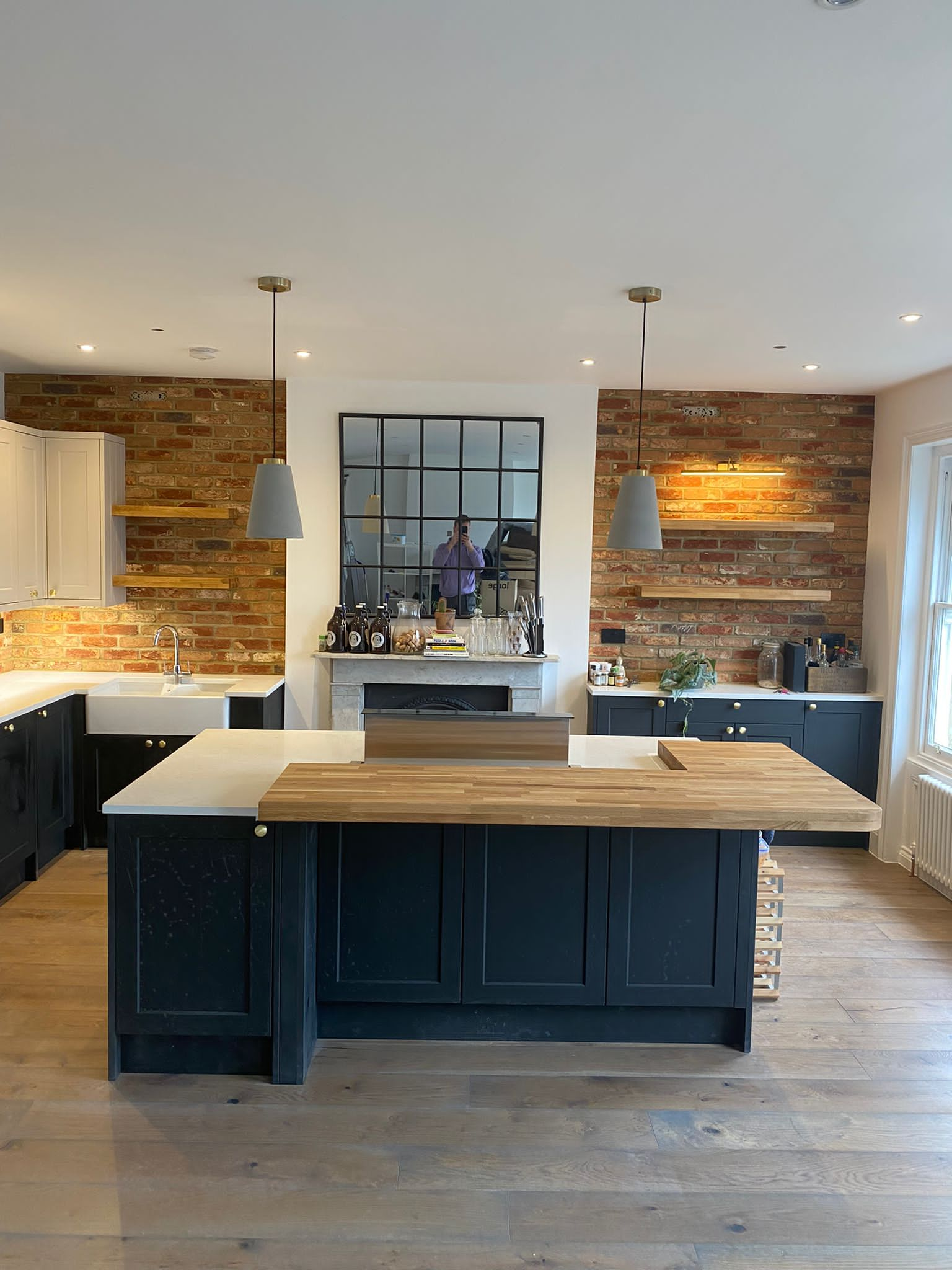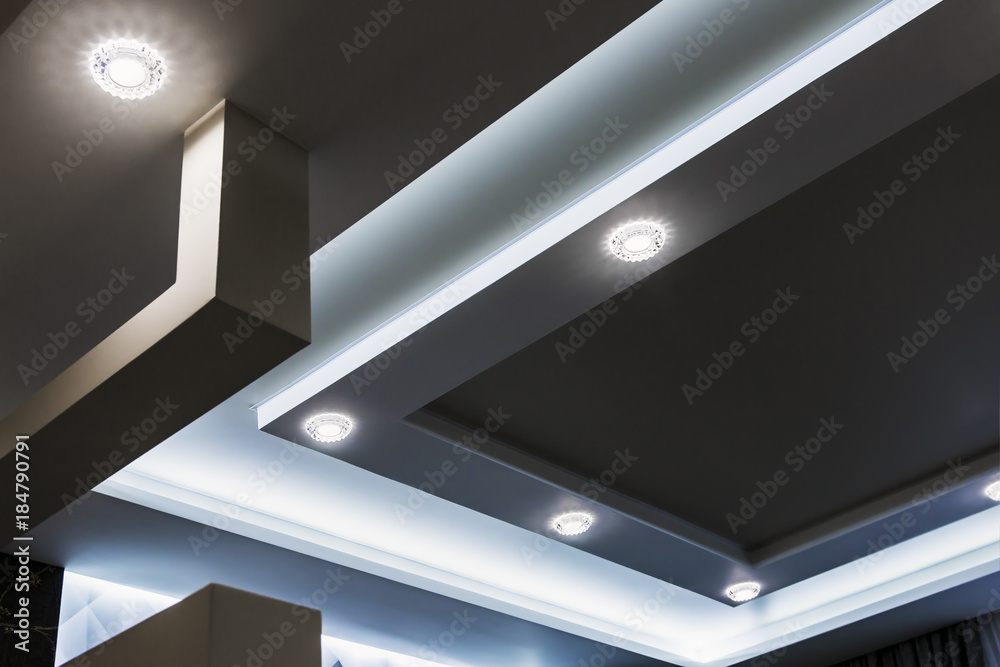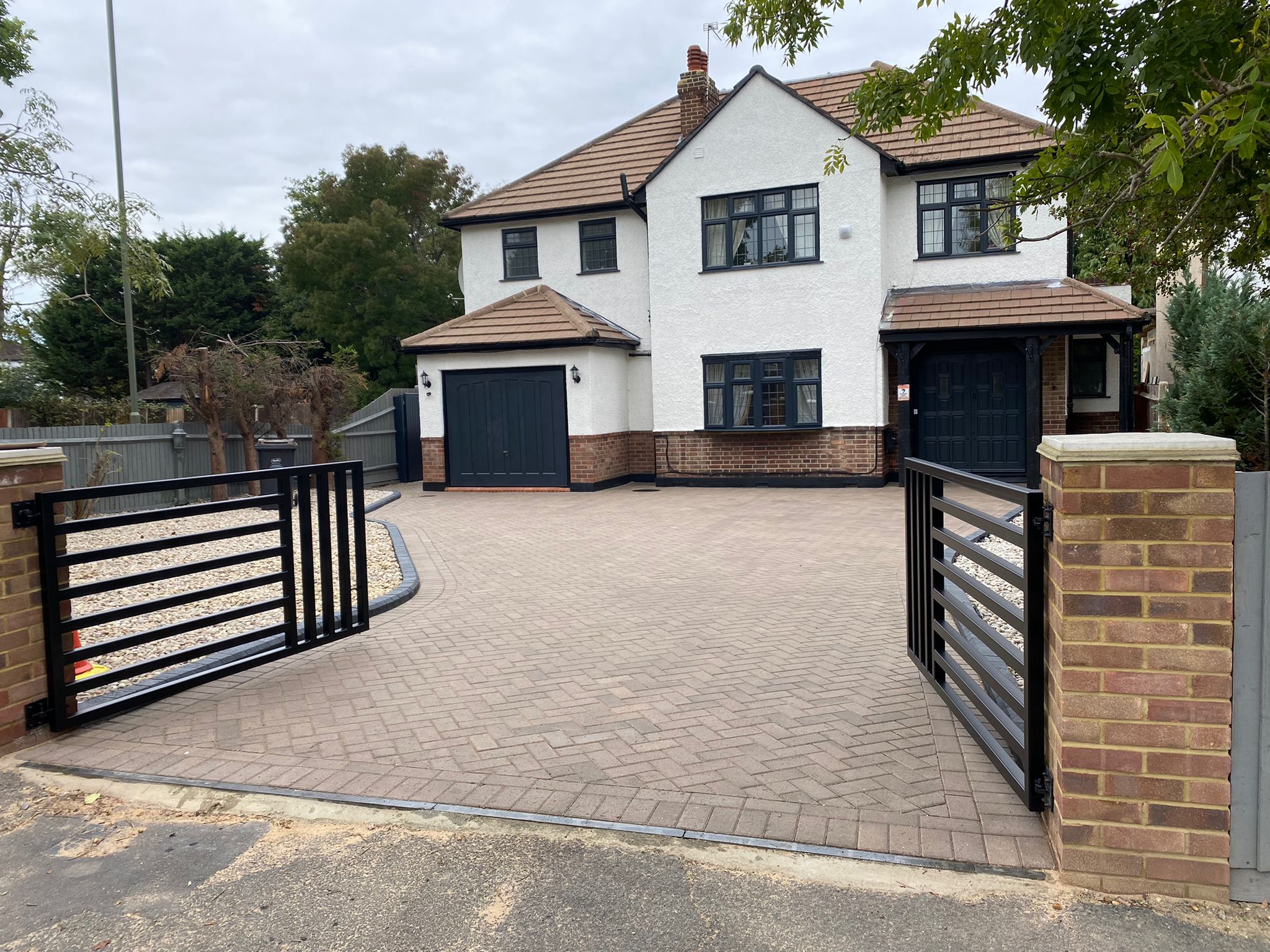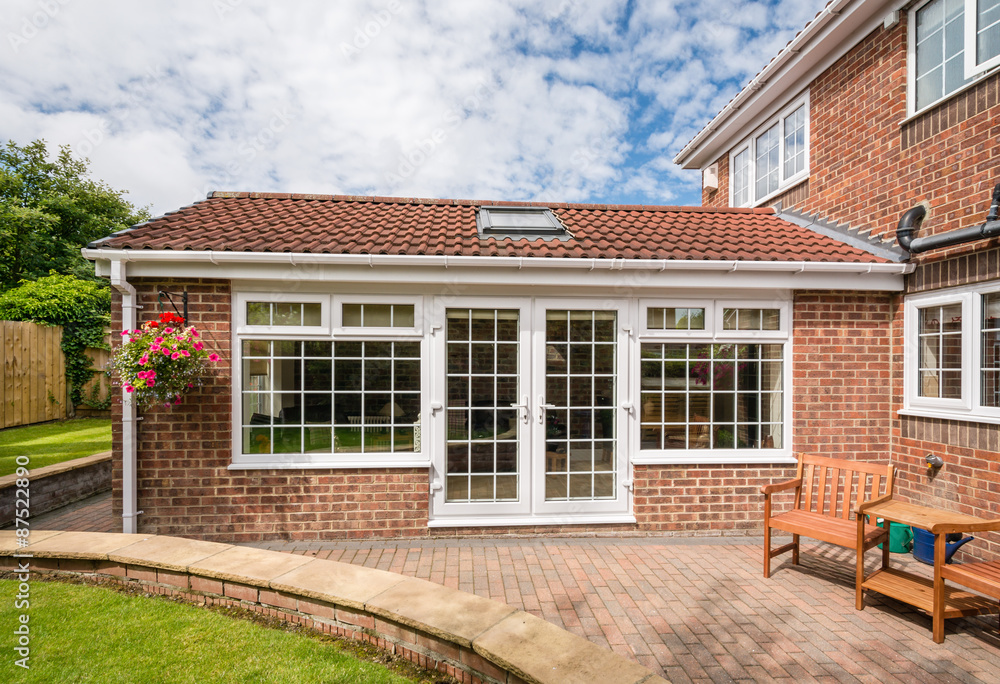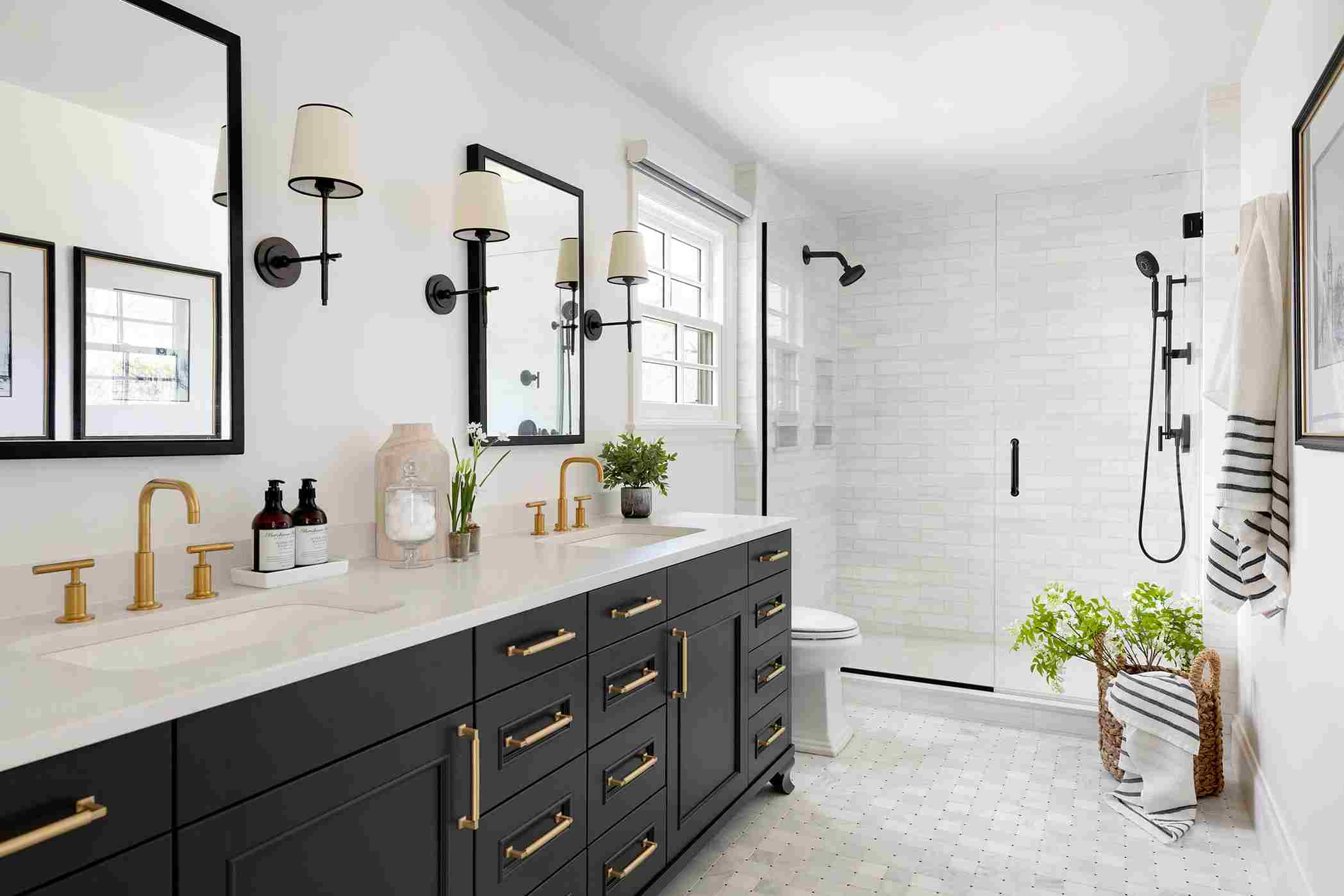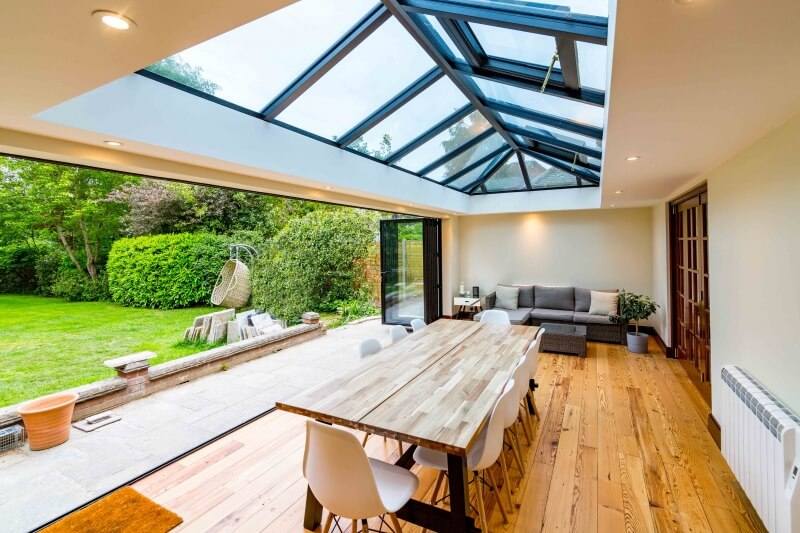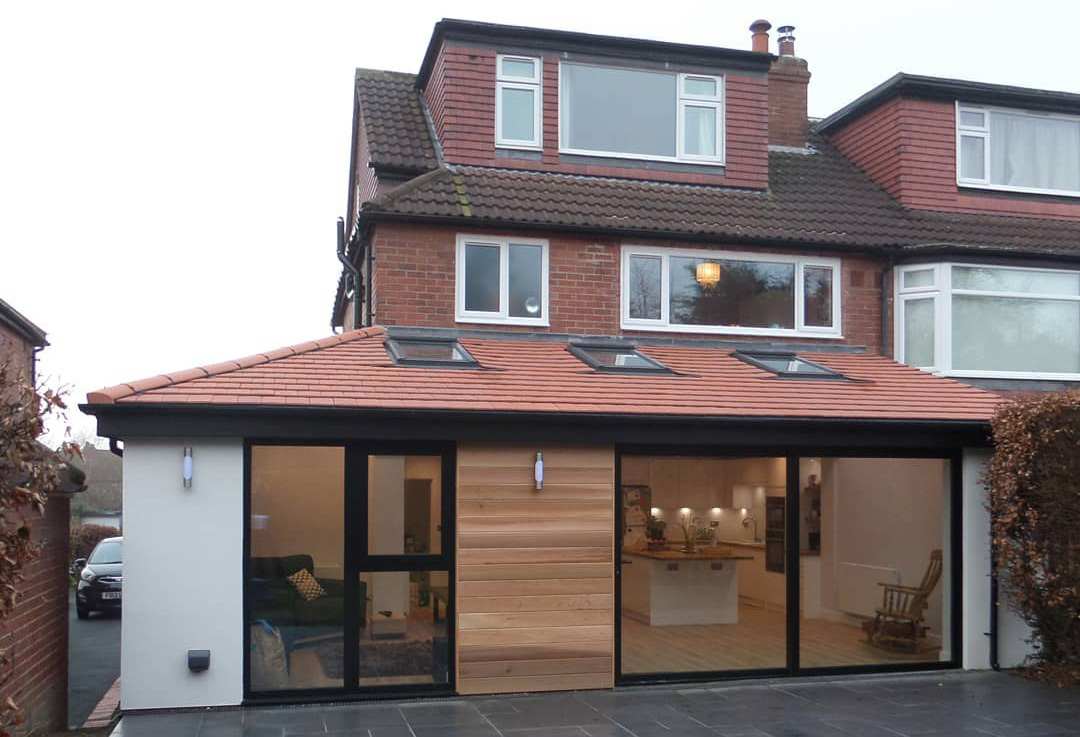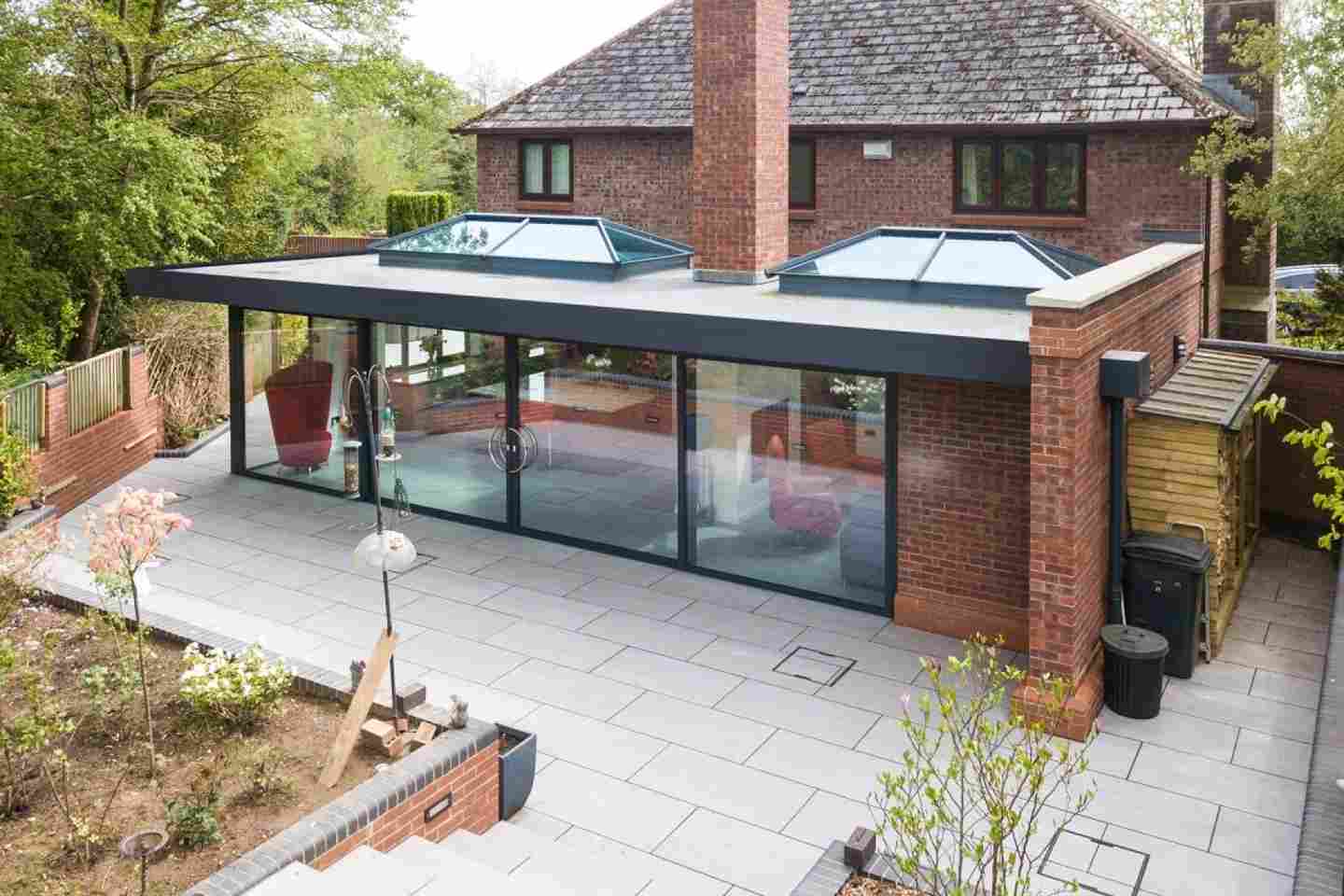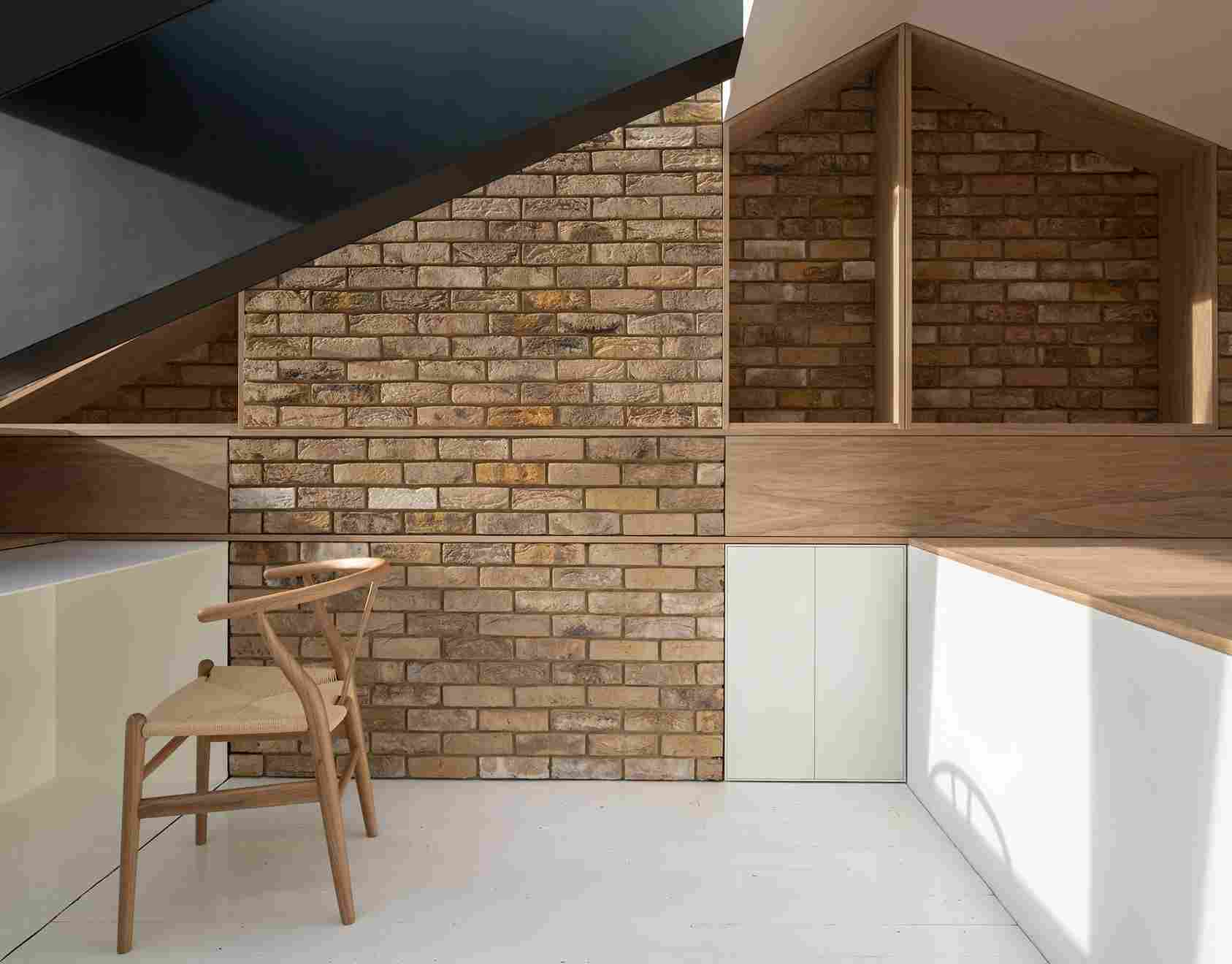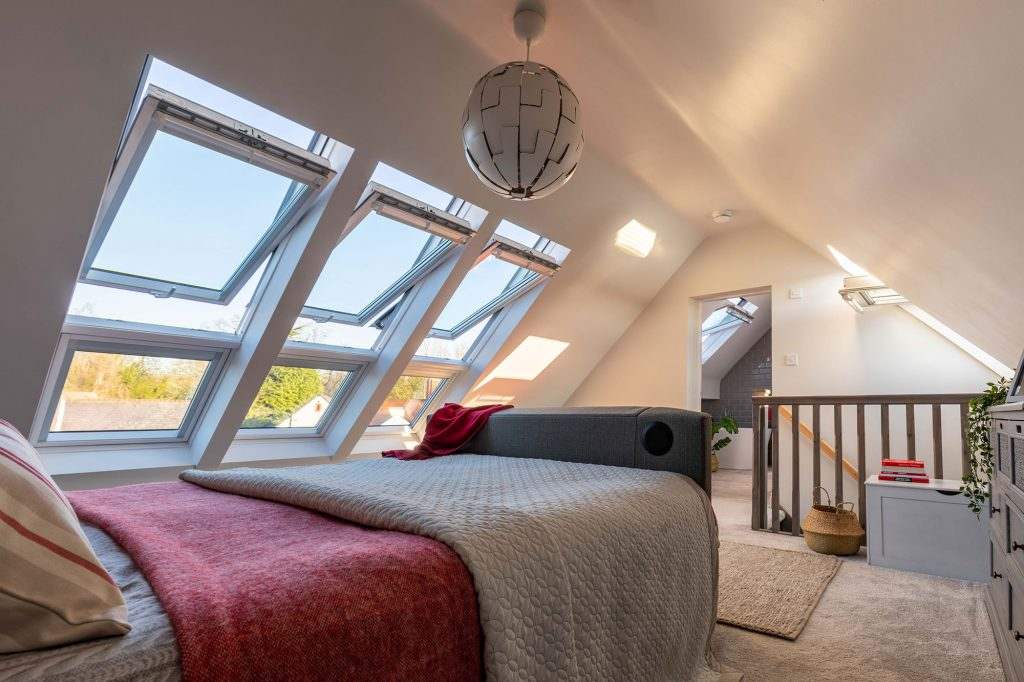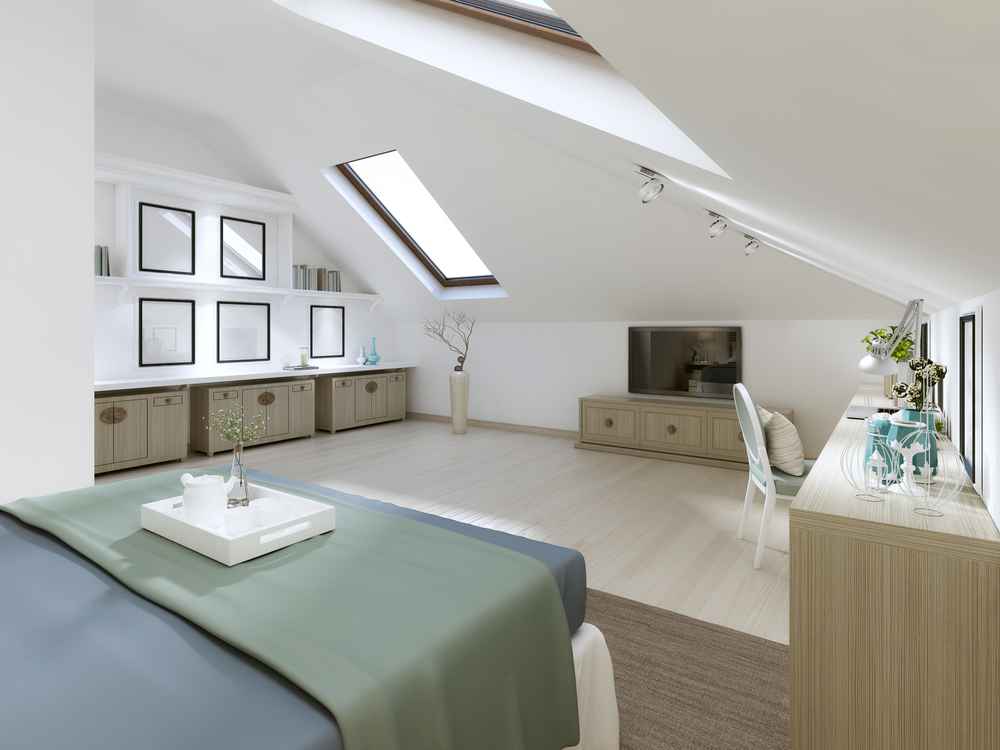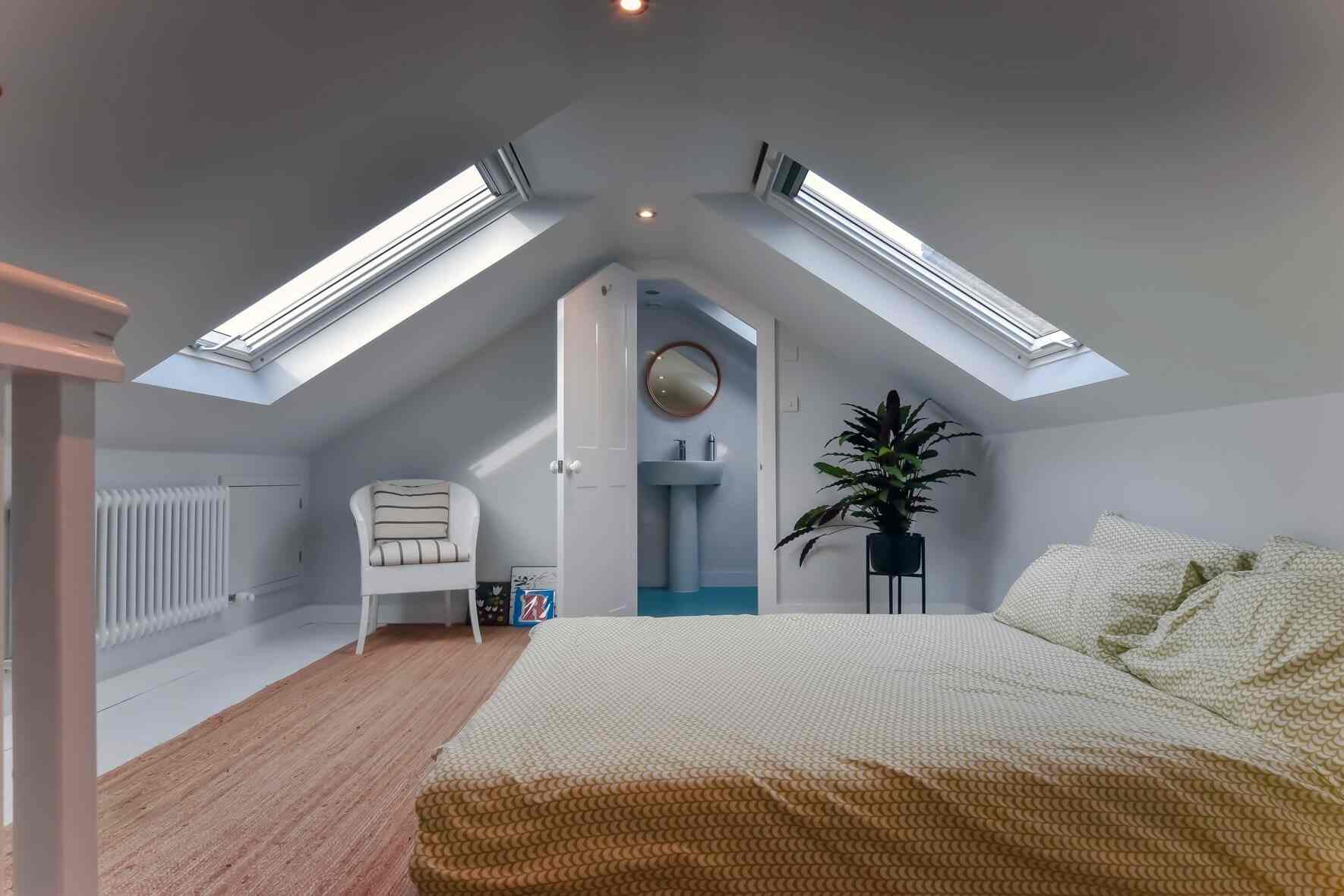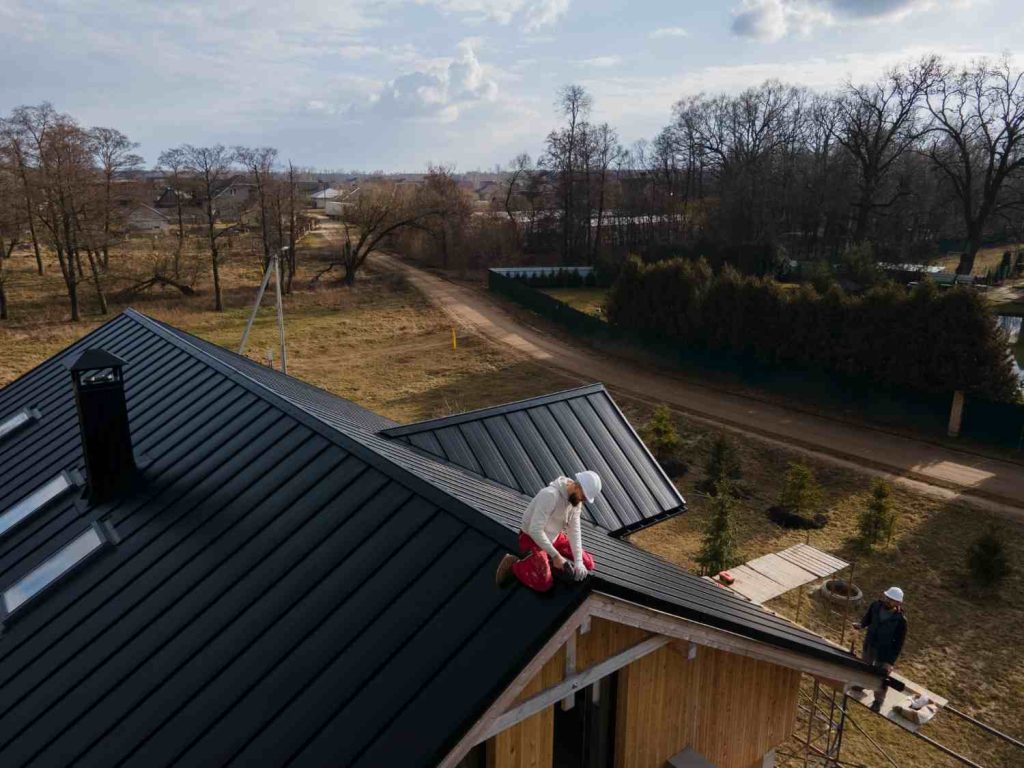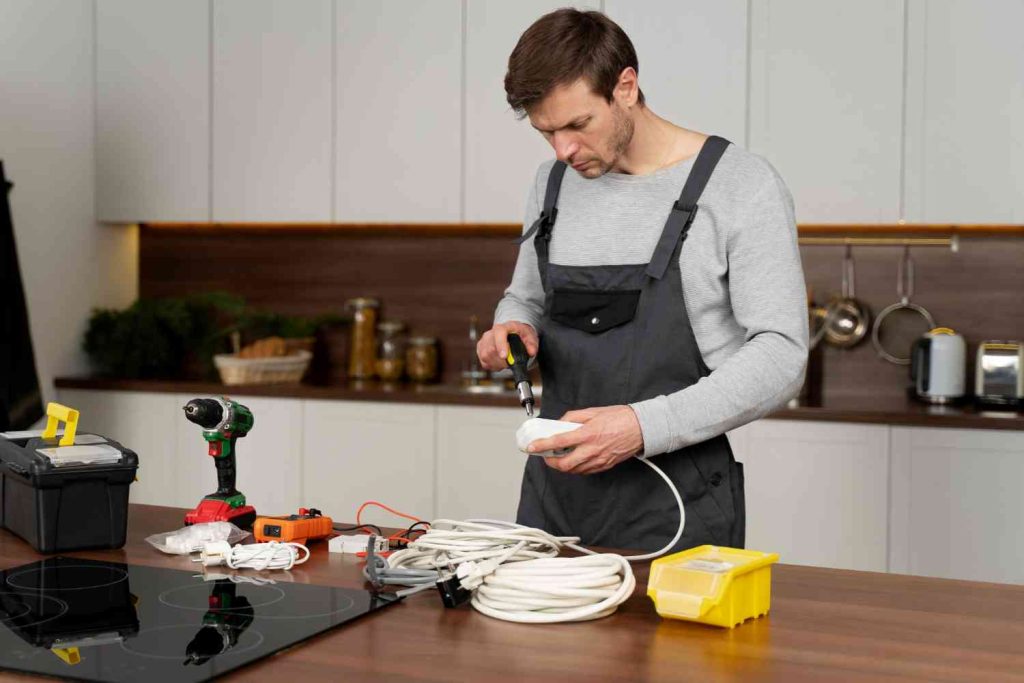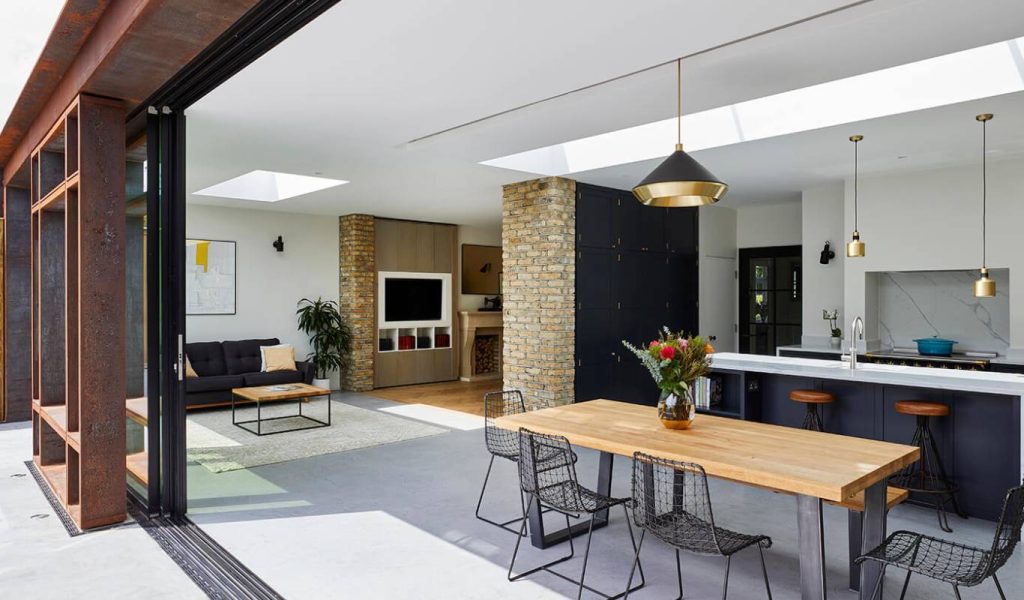Lofts are versatile and convenient spaces for many homeowners for storage, hobbies, or even extra living areas. However, if you’ve ever heard strange noises coming from your loft, you know that it can also be a source of curiosity and concern.
From creepy scratching sounds to unexpected buzzing or flapping noises, the common noises in the loft can often leave homeowners wondering what’s really going on up there. If you’re facing this issue, I am here to help you through this guide.
I’ll delve into the causes of common noises in the loft, uncovering the reasons behind those mysterious sounds and helping you better understand what might lurk in the space above. Buckle up and prepare for an intriguing exploration into the world of loft noises!
Common Noises in The Loft with Solutions
The following are the most common causes of noises coming from the loft area, along with the possible solutions to fix the issue.
Animal Infestation
Problem
If you hear strange noises from your loft, it could be a sign that rodents or other wildlife have taken up residence. Lofts provide a perfect environment for various animals, including rats, mice, squirrels, wasps, nests, and even bats, in some cases.
Animal infestations in the loft can cause various problems, including structural damage, health risks, noise disturbances, and damage to belongings. However, with timely and appropriate action, it’s possible to effectively deal with the issue and prevent further infestation.
Investigating and addressing the issue promptly is crucial if you suspect an animal infestation in your loft. Nests and droppings left behind by animals can become ideal breeding sites for pests, which can introduce insects and diseases into your home.
Solution
We highly recommend hiring a professional to conduct a thorough investigation, as animal droppings are often a common sign of infestation. Or, if you know how to properly clean and sanitise the area, you can do it by yourself as well.
But ensure to take preventive measures, block entry points, remove food and water sources, use humane traps or deterrents, repair, and clean and sanitise as needed. By addressing animal infestations in your loft promptly and effectively, you can restore peace and tranquillity to your home.
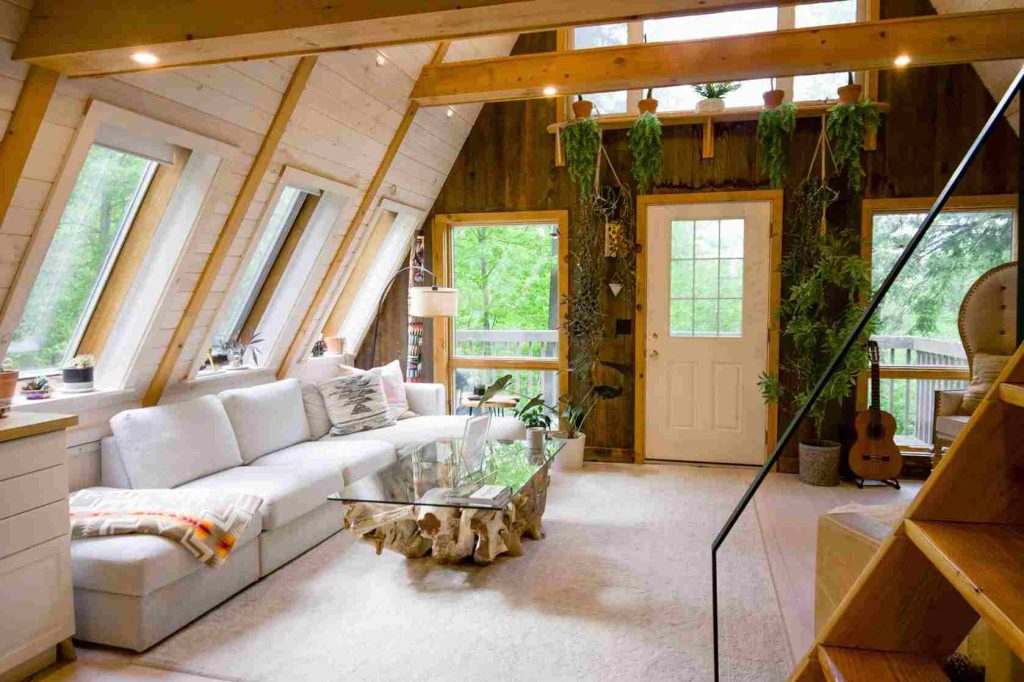
Plumbing or HVAC Pipes/Equipment
Problem
Noises in the loft can be caused by plumbing or HVAC pipes/equipment due to various reasons, as follows.
- Water hammer, which is the loud knocking or banging noise that occurs when water flow is suddenly stopped or redirected, can create noise in the loft.
- Loose or worn-out pipes can rub against each other or other surfaces, resulting in rattling or tapping noises.
- HVAC systems, including air conditioning units, furnaces, and ductwork, can generate vibrations that can travel through the building structure and create noise in the loft.
Solution
Since there may be different causes for the noises coming from plumbing or HVAC equipment, there will be multiple fixes. The following are the different tactics you can use to tackle the respective cause.
- Install water hammer arrestors to reduce or eliminate water hammer noises.
- Inspect and secure loose pipes with clamps, brackets, or hangers, and ensure they are properly aligned and fitted.
- Balance HVAC system components to reduce vibrations and associated noises.
Note: If the problem is complex or requires skills you don’t have, you must seek professional help from a licensed plumber or HVAC technician if needed.
Settling or Expanding Building Materials
Problem
Ceiling components, such as beams, joists, and other materials, can expand during the heat of the day and then contract during the cooler night, resulting in noises in the loft or attic. This contraction and expansion can cause creaking, cracking, or popping noises, which can be disturbing, especially during the night.
Solution
Contraction of ceiling components
- Add insulation to the loft or attic to help keep the materials warmer during the night and prevent them from changing shape due to temperature shifts.
- Ensure your home is properly insulated and efficient to minimise temperature fluctuations that can cause contraction noises.
Movement in roof rafters, trusses, or sheathing
- Install loft ventilation to reduce heat build-up during the day and prevent materials from expanding and contracting excessively.
- Consider using insulation to dampen the noise caused by movement in the roof rafters, trusses, or sheathing.
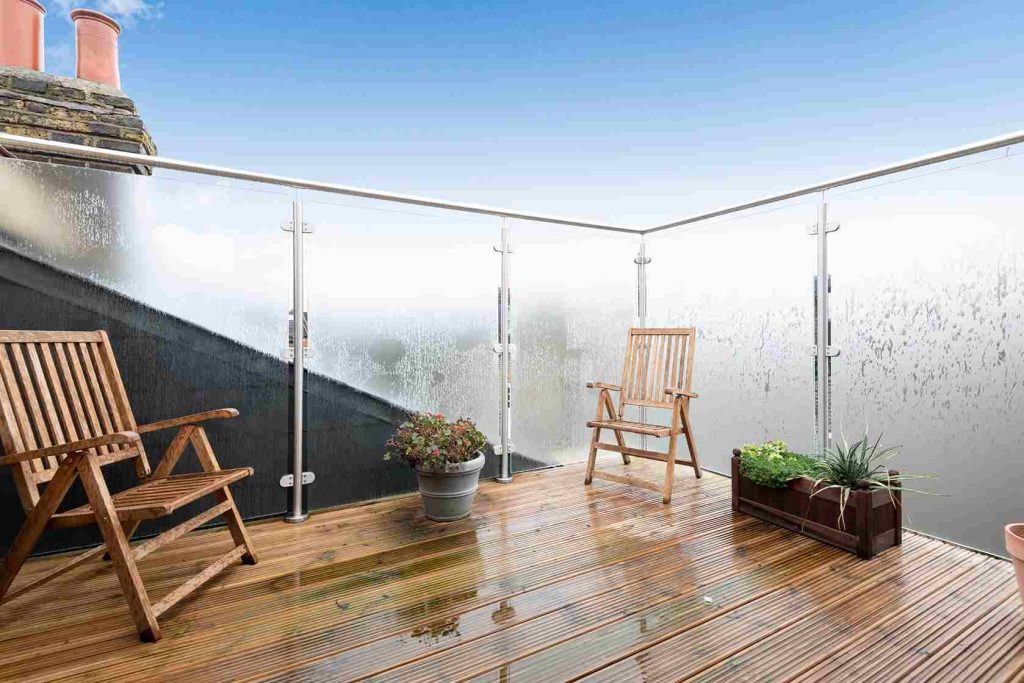
Wind or Weather-Related Noises
Problem
Wind or weather-related noises in the loft or attic can include rattling, banging, or flapping sounds caused by strong winds, rain, hail, or snow hitting the roof or the sides of the building. These noises can be disruptive and cause discomfort, especially during storms or severe weather conditions.
Solution
This is what you can do to eliminate the wind and weather-related noises from the loft area in your house.
- Inspect and repair any loose or damaged roof tiles, shingles, or siding that may be causing wind or weather-related noises.
- Install weatherstripping or seal gaps around windows, doors, vents, and other openings to prevent wind from entering the loft or attic.
- Consider installing soundproofing materials, such as acoustic insulation or panels, to reduce the impact of wind or weather-related noises.
- Trim or remove overhanging tree branches that may be hitting the roof or sides of the building during windy conditions.
Note: Seek professional help from a roofing contractor or weatherproofing expert if needed to identify and address the source of the wind or weather-related noises in the loft or attic.
Audible Illusions
Problem
Noises from the loft may actually originate from other areas of the structure, such as interior or exterior walls, making it challenging to pinpoint the exact source of the noises. This may require trial and error to determine if the issue relates to temperature-related contraction and expansion.
Solution
As I told you earlier, audible illusions in your loft area could occur due to any home issue. Therefore, you have to follow a hit-and-trial process to resolve the issue.
- Conduct a thorough inspection of the entire structure, including walls, to identify potential sources of the noises.
- Seek professional advice from a qualified contractor or building professional to conduct a comprehensive assessment and provide expert solutions.
- Install appropriate insulation materials, such as acoustic insulation or panels, in the walls or suspected areas to help dampen the sounds.
- Keep detailed records of the timing, duration, and characteristics of the noises to aid in identifying the source accurately.
Electrical Issues
Problem
Electrical issues can sometimes be a cause of noises in the loft. Electrical wiring, fixtures, or appliances that are malfunctioning or loose can generate buzzing, humming, or crackling sounds, which may be audible in the loft.
Solution
If some unwanted, unnecessary electrical-related sounds come from the loft area in your home, the following is the process to take care of this issue.
- If you suspect electrical issues as the source of the noises, it is crucial to address them promptly to prevent any potential hazards or damages.
- Hire a qualified electrician to inspect and repair any malfunctioning or loose electrical components in the loft or other areas of the structure.
- Avoid attempting to fix electrical issues yourself, as it can be dangerous and may result in further damage or even electrocution.
- Regularly inspect and maintain electrical systems in the loft and the entire property to prevent potential issues from arising in the first place.
- Consider upgrading or replacing outdated electrical components or systems to ensure safety and efficiency.
Keep all electrical installations and repairs up to code and in compliance with local regulations and safety standards.

